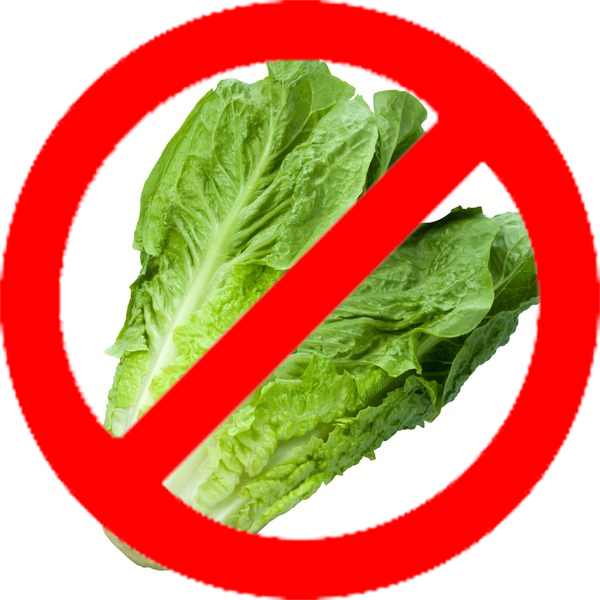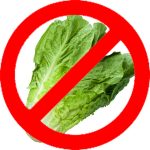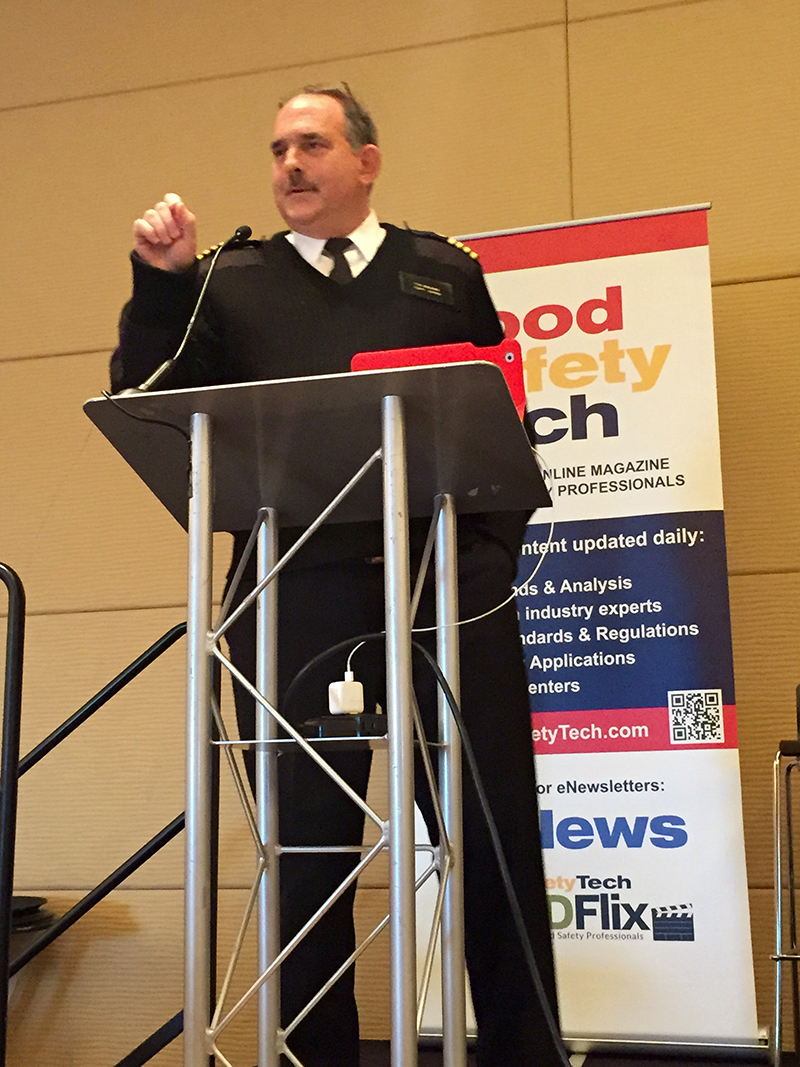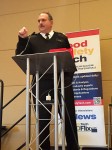EDGARTOWN, MA, April 8, 2019 – Innovative Publishing Co., publisher of Food Safety Tech, has announced three speakers from FDA will kick off the 5th Annual Food Safety Supply Chain Conference on May 29–30. Priya Rathnam, Supervisory Consumer Safety Officer, CFSAN; Andrew J. Seaborn, Supervisory Consumer Safety Officer, Division of Import Operations, ORA; and Lisa L. Ross, Consumer Safety Officer, CFSAN (Office of Food Safety, Multi-Commodity Foods, Refrigerated and Frozen Foods Team) will provide the opening presentations on Wednesday, May 29. An interactive Town Hall with attendees will follow.

Seaborn, Rathnam and Ross will provide FDA perspective on FSVP inspection updates, including outcomes and compliance, the voluntary qualified importer program (VQIP) and where the agency is headed with enforcement activities. They will also take a deeper dive into supply chain requirements as per subpart G of part 117.
“As FDA continues its ‘educate while regulate’ strategy, having FDA officials present to inform attendees of the agency’s latest activities, available resources for industry, and how industry can work together with FDA in achieving compliance provides a crucial benefit,” said Rick Biros, president of Innovative Publishing Co., Inc. and director of the Food Safety Supply Chain Conference. “Andrew and Priya added tremendous insights to the conference last year, and I am thrilled to welcome them back, along with the addition of Lisa this year.”
The Food Safety Supply Chain conference takes place May 29–30 in Rockville, MD. Registration is open with a virtual attendee option as well.
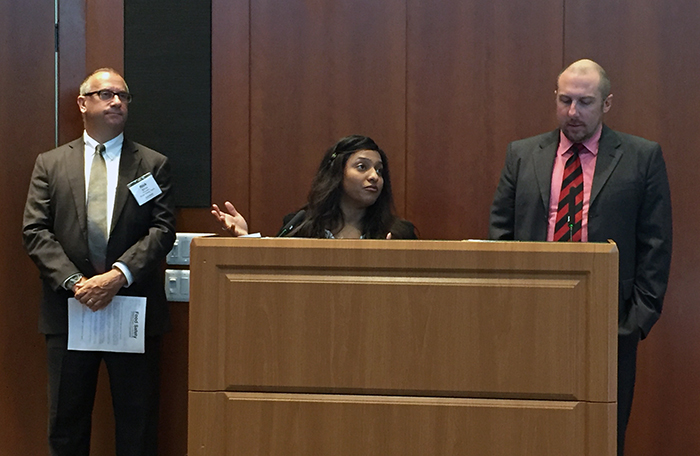
About Food Safety Tech
Food Safety Tech publishes news, technology, trends, regulations, and expert opinions on food safety, food quality, food business and food sustainability. We also offer educational, career advancement and networking opportunities to the global food industry. This information exchange is facilitated through ePublishing, digital and live events.
About the Food Safety Supply Chain Conference
A food company’s supply chain can be the weakest link in their food safety program. Food ingredient adulteration, fraud, and counterfeiting negatively impacts everyone in the food supply chain. FDA has recognized the risk in the food supply chain. Sanitary transportation and the Foreign Supplier Verification Program (FSVP) are major components of FSMA. The Food Safety Supply Chain Conference addresses best practices, and new tools and technologies that can help food companies, including manufacturers, retailers and food service companies protect their brands and customers from food safety threats in their supply chain while being compliant with regulators.









